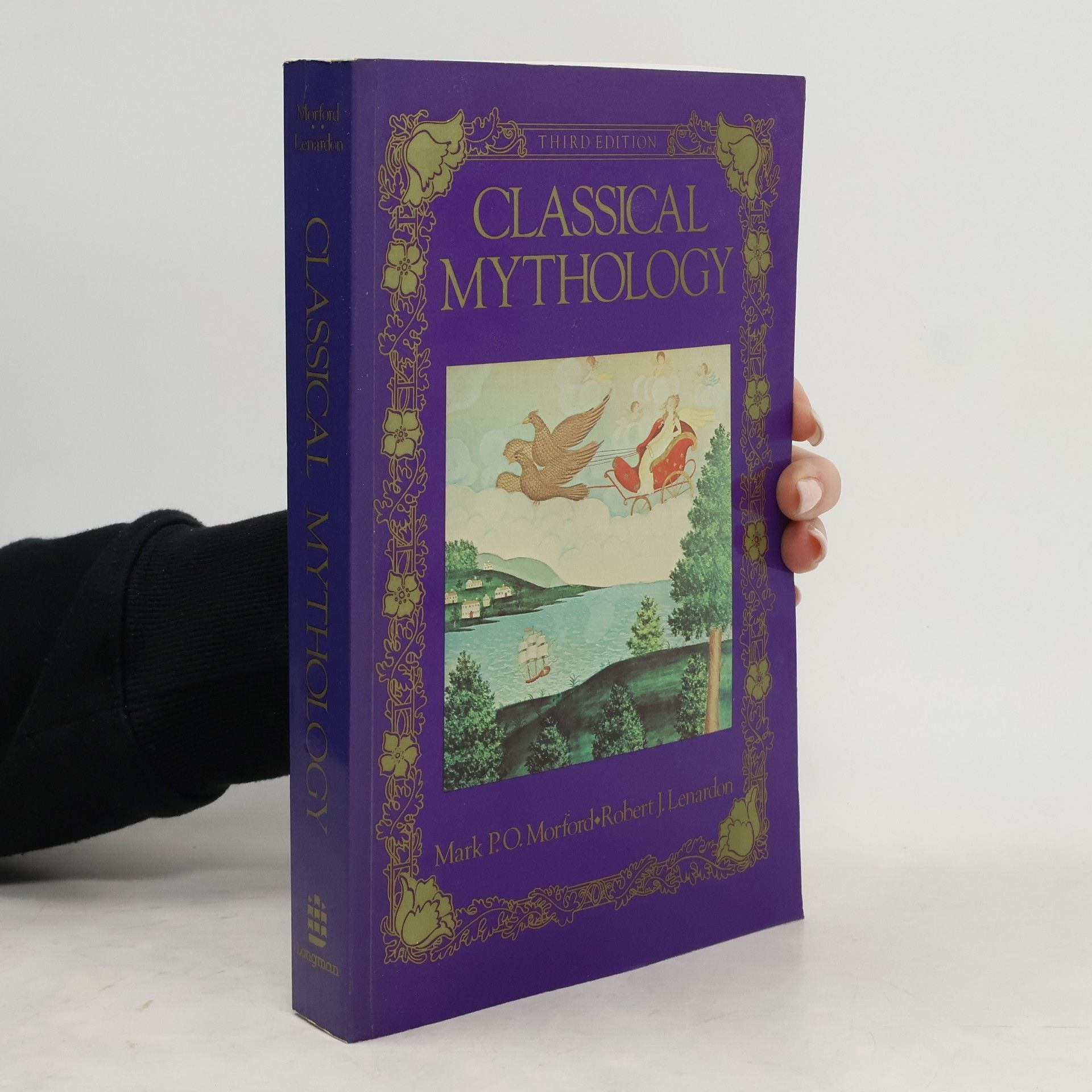This edition retells the myths and legends of Greece and Rome through extensive, clear translations of original sources, presented in a lucid and engaging style. It builds on the success of previous editions, combining poetic narratives with insightful commentary to bring classical myths to life for students. The discussion includes comparative and interpretative approaches, alongside evidence from art and archaeology, while examining the lasting influence of classical mythology in art, literature, music, dance, and film. Students can delve into the captivating world of Greek and Roman deities, heroes, and heroines, gaining appreciation for significant ancient sources. The text is enhanced by 180 illustrations in color and black and white. Key features include extensive translations from ancient authors, such as all thirty-three Homeric Hymns and important passages from Hesiod, Homer, and Latin authors like Ovid and Vergil. An expanded art program introduces sixty-six new illustrations with informative captions and three new maps. Text boxes explore new topics and highlight interpretative approaches. Each chapter includes a selected bibliography, and explanatory material is integrated throughout, including a glossary of mythological terms. A companion website offers chapter summaries, activities, maps, practice questions, and PowerPoint slides, enhancing the multifaceted subjects covered in the text.
Mark Morford Bücher
